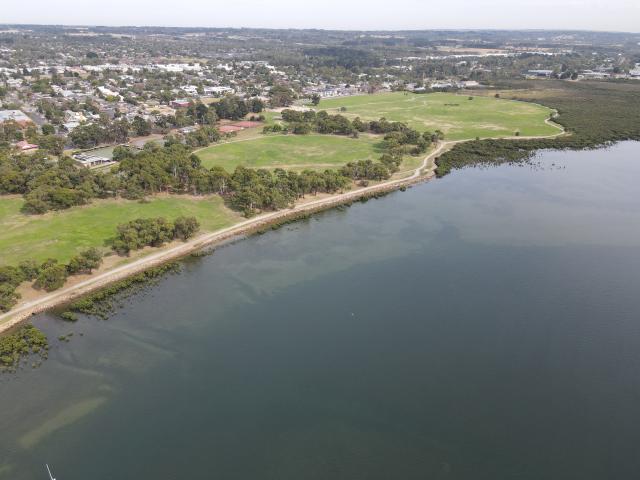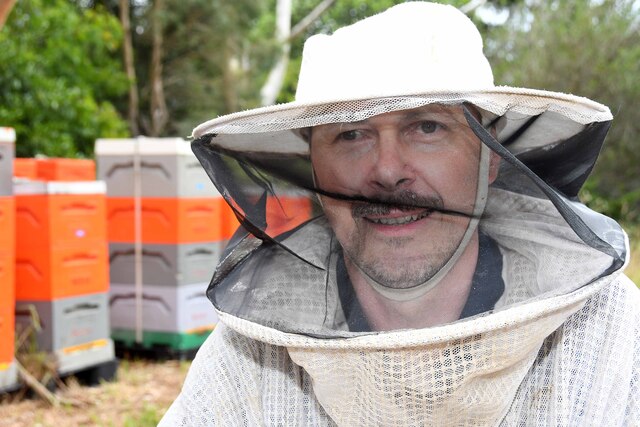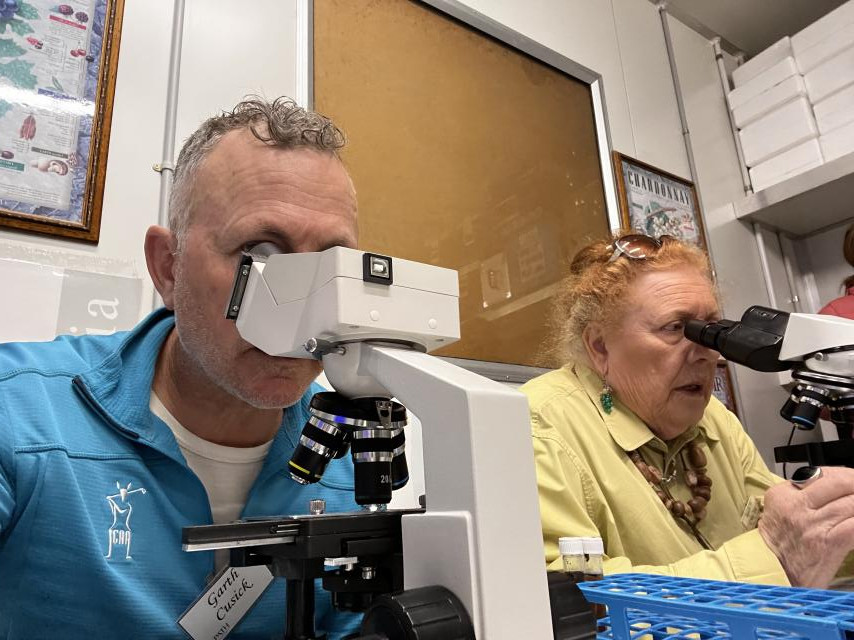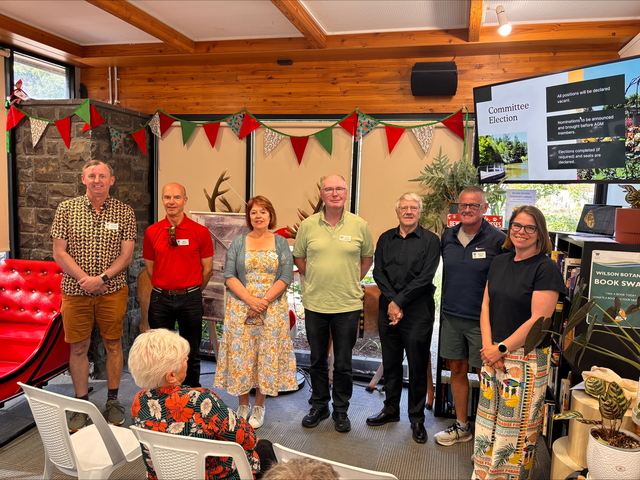The State Government has been exploring alternatives to the proposed assembly infrastructure at the Port of Hastings for the state’s offshore wind projects, as revealed by the sector’s latest implementation statement.
The proposed Port of Hastings development was rejected earlier last year by the Federal Environment Minister Tanya Plibersek, who cited concerns about its impact on internationally significant wetlands in the area.
Despite the rejection, the State Government continued to pursue the project, opening a new round of technical and environmental assessment.
However, the latest update of the industry from yesterday 9 April, named Offshore Wind Energy Implementation Statement 4, reveals that the State Government has been “assessing the role other Victorian and Australian deepwater ports can play in the construction and assembly of offshore wind”, and “maintaining optionality that alternative construction ports will be available for offshore wind developers to use”.
Statement 4 acknowledges that other ports “may not individually provide the full construction and assembly services envisaged at the proposed Port of Hastings terminal”, but the State Government is exploring the feasibility of port services for individual elements of the process.
“These services can range from the provision of laydown areas for the storage of pins used to attach jacket foundations to the seabed, to the assembly and installation of wind turbine generators (WTG) – assembling the towers, nacelles and blades and shipping the WTG to be attached to the foundations,” it explains.
The statement lists several other deepwater ports in Victoria that have already announced their interest, including GeelongPort and Port of Portland.
The State Government is working with them to assess their viability for supporting the State’s offshore wind target, which covers a technical assessment of potential designs, the modelling of the impact use of different ports will have on offshore wind development timelines, the consideration of their distance from the offshore wind zone and likely weather conditions, and potential development and construction timelines.
Statement 4 highlights how the specialised port infrastructure plays a critical role in meeting Victoria’s offshore wind goals.
“Due to their size and weight, the only viable method to date for the movement, storage, assembly, installation, and maintenance of offshore wind components is via specialised, deepwater offshore wind port facilities,” it states.
“As Victoria’s offshore wind farms become operational, ports will be needed to transport workers out to the wind farms to perform essential maintenance.”
As for the Port of Hastings proposal, statement 4 updates that the State Government has been preparing technical and environmental reports to examine potential impacts and approaches to refining the project to minimise impacts on significant environmental values protected under the EPBC Act.
A new referral will assess and minimise the potential impact of the terminal’s development on Western Port’s Ramsar wetlands, and revise the design of the terminal to mitigate the environmental impacts construction will have while maintaining the ability to provide port services.







